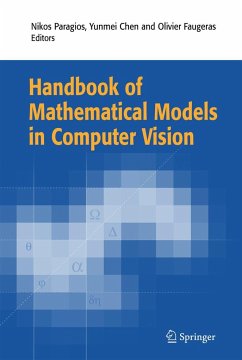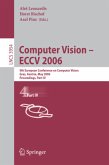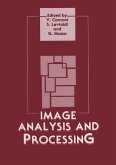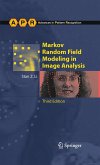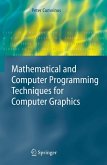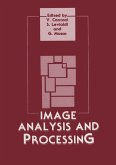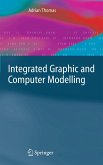Abstract Biological vision is a rather fascinating domain of research. Scientists of various origins like biology, medicine, neurophysiology, engineering, math ematics, etc. aim to understand the processes leading to visual perception process and at reproducing such systems. Understanding the environment is most of the time done through visual perception which appears to be one of the most fundamental sensory abilities in humans and therefore a significant amount of research effort has been dedicated towards modelling and repro ducing human visual abilities. Mathematical methods play a central role in this endeavour. Introduction David Marr's theory v^as a pioneering step tov^ards understanding visual percep tion. In his view human vision was based on a complete surface reconstruction of the environment that was then used to address visual subtasks. This approach was proven to be insufficient by neuro-biologists and complementary ideas from statistical pattern recognition and artificial intelligence were introduced to bet ter address the visual perception problem. In this framework visual perception is represented by a set of actions and rules connecting these actions. The emerg ing concept of active vision consists of a selective visual perception paradigm that is basically equivalent to recovering from the environment the minimal piece information required to address a particular task of interest.
From the reviews:
"The focus of the book is on mathematical methods that both model and reproduce human visual abilities. ... This book is a must-have for those interested in the full breadth of research done in the biological & computer vision community. As a bonus, the chapters can also be used in a seminar-based, advanced undergraduate course in mathematical based computer vision. " (Arjan Kuijper, IAPR Newsletter, October, 2006)
"Computational visual perception can be defined as the discipline of enabling computers to identify features in image data. ... I found this book to be detailed and comprehensive enough to be well worth the time spent on it. Citations linking the text to the relevant literature are profusely sprinkled throughout the text, and a very extensive bibliography is included ... . the production qualities are excellent. ... it should be a useful reference text for researchers or practitioners in this field." (R. M. Malyankar, Computing Reviews, January, 2006)
"The editors of this important compendium view their task as a contribution to modeling and simulating human vision by machine. ... The editors should be congratulated for bringing together high-level researchers to contribute chapters on cutting-edge technologies based on mathematical modeling. This compendium is a solid contribution to the recent literature combining the theories and applications of mathematical modeling to the domain of computer vision." (R. Goldberg, Computing Reviews, June, 2006)
"The focus of the book is on mathematical methods that both model and reproduce human visual abilities. ... This book is a must-have for those interested in the full breadth of research done in the biological & computer vision community. As a bonus, the chapters can also be used in a seminar-based, advanced undergraduate course in mathematical based computer vision. " (Arjan Kuijper, IAPR Newsletter, October, 2006)
"Computational visual perception can be defined as the discipline of enabling computers to identify features in image data. ... I found this book to be detailed and comprehensive enough to be well worth the time spent on it. Citations linking the text to the relevant literature are profusely sprinkled throughout the text, and a very extensive bibliography is included ... . the production qualities are excellent. ... it should be a useful reference text for researchers or practitioners in this field." (R. M. Malyankar, Computing Reviews, January, 2006)
"The editors of this important compendium view their task as a contribution to modeling and simulating human vision by machine. ... The editors should be congratulated for bringing together high-level researchers to contribute chapters on cutting-edge technologies based on mathematical modeling. This compendium is a solid contribution to the recent literature combining the theories and applications of mathematical modeling to the domain of computer vision." (R. Goldberg, Computing Reviews, June, 2006)

